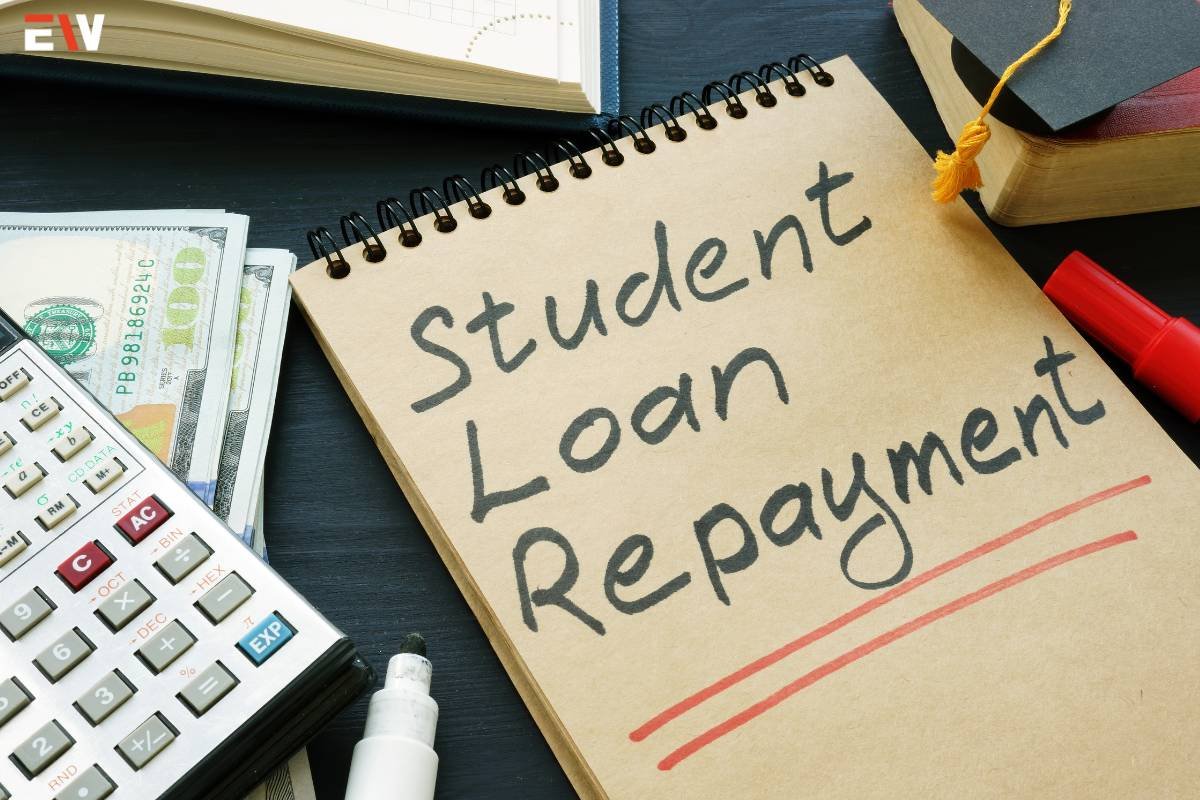Embarking on the journey of higher education often involves the necessity of student loans to cover tuition, living expenses, and other educational costs. As graduates transition into the workforce, understanding and effectively managing student loan repayment becomes a crucial aspect of financial planning. This comprehensive guide explores key strategies, options, and tips to navigate the path to successful loan repayment.
Understanding Your Student Loans
- Know Your Loan Types: Student loans come in various types, including federal and private loans. Federal loans, such as Direct Subsidized and Unsubsidized Loans, often offer more flexible repayment options and lower interest rates compared to private loans. Understand the terms, interest rates, and repayment options associated with each type of loan you have.
- Gather Loan Details: Compile a comprehensive list of your student loans, including the loan servicers, outstanding balances, interest rates, and repayment statuses. Having a clear overview of your loans is crucial for creating an effective repayment strategy.

Federal Student Loan Repayment Options
- Standard Repayment Plan: The Standard Repayment Plan involves fixed monthly payments over a 10-year period. While it may result in higher monthly payments, it allows borrowers to pay off their loans relatively quickly, minimizing interest accrual.
- Income-Driven Repayment Plans: Income-Driven Repayment (IDR) Plans adjust monthly payments based on the borrower’s income and family size. Plans such as Income-Based Repayment (IBR), Pay As You Earn (PAYE), and Revised Pay As You Earn (REPAYE) can be suitable for those with varying income levels.
- Public Service Loan Forgiveness (PSLF): PSLF is a program that forgives the remaining balance on federal Direct Loans after 120 qualifying monthly payments while working for a qualifying public service employer. This option is particularly beneficial for those pursuing careers in public service.
- Loan Consolidation: Loan consolidation combines multiple federal loans into a single loan with a fixed interest rate. While it may simplify repayment, it’s essential to weigh the potential loss of borrower benefits associated with individual loans.
Private Student Loan Repayment Options
- Contact Your Lender: If you have private student loans, contact your lender to discuss available repayment options. Private loans may have fewer flexible repayment options compared to federal loans, but some lenders offer forbearance or modified repayment plans in times of financial hardship.
- Refinancing: Refinancing involves replacing one or more existing loans with a new loan that has different terms, including interest rates and monthly payments. This option is available for both federal and private loans, but refinancing federal loans may result in the loss of federal benefits.
Tips for Successful Student Loan Repayment

- Create a Budget: Establishing a budget helps you allocate funds for essential expenses, savings, and student loan payments. Identify areas where you can cut costs and redirect those funds toward your student loans.
- Set Up Automatic Payments: Many loan servicers offer interest rate reductions for borrowers who enroll in automatic payments. Setting up automatic payments not only ensures timely payments but also may result in potential interest rate discounts.
- Prioritize High-Interest Loans: If you have multiple loans, consider prioritizing the repayment of high-interest loans first. Paying off high-interest loans faster can save you money on interest over the life of the loan.
- Utilize Windfalls and Bonuses: Apply unexpected windfalls, tax refunds, or work bonuses to your student loans. This extra payment can make a significant impact on reducing your overall debt.
- Communicate with Your Loan Servicer: If you encounter financial difficulties, communicate with your loan servicer promptly. Federal loans offer options such as deferment, forbearance, and income-driven repayment plans during challenging times.
- Explore Employer Repayment Assistance: Some employers offer student loan repayment assistance as part of their benefits package. Inquire with your employer about available programs or explore potential opportunities with companies that offer such assistance.
- Stay Informed About Loan Forgiveness Programs: Stay informed about loan forgiveness programs that may be applicable to your situation. Federal programs like PSLF and Teacher Loan Forgiveness can provide substantial relief for those eligible.

Conclusion
Successfully navigating student loan repayment requires proactive planning, clear communication with loan servicers, and a commitment to financial responsibility. By understanding your loan details, exploring available repayment options, and incorporating smart financial habits, you can pave the way toward financial freedom and successfully repay your student loans. Remember that each borrower’s situation is unique, so tailor your repayment strategy to align with your financial goals and circumstances.










